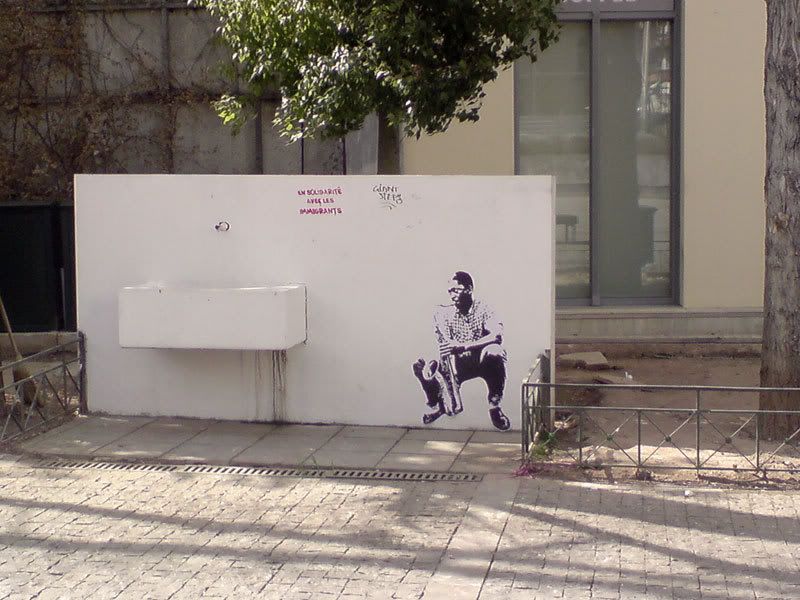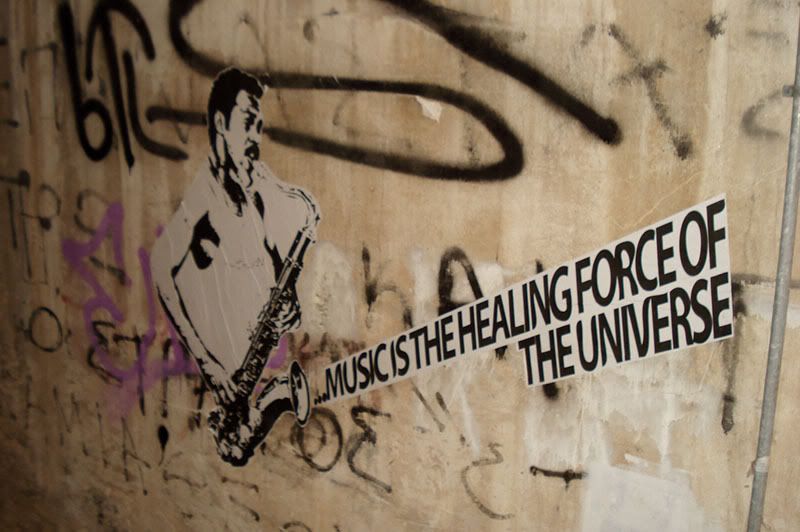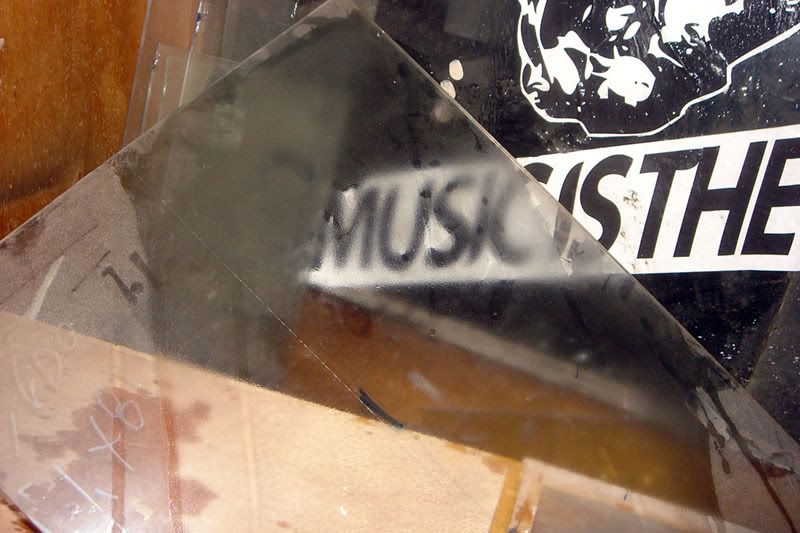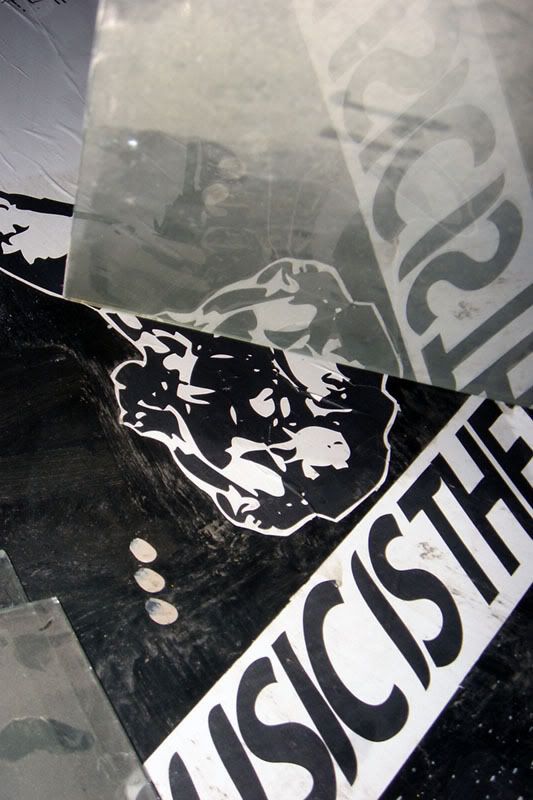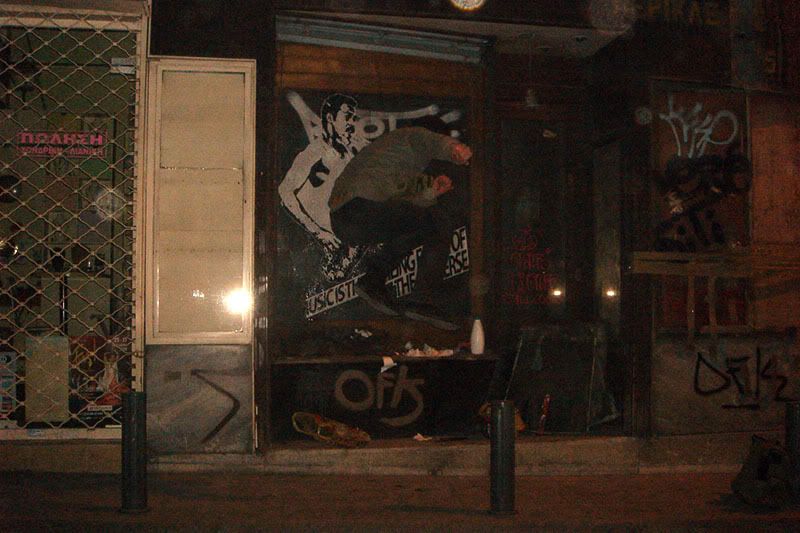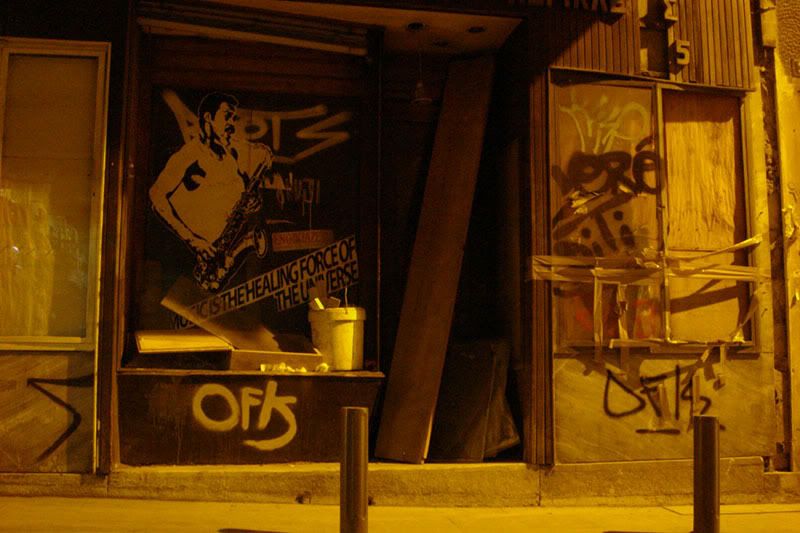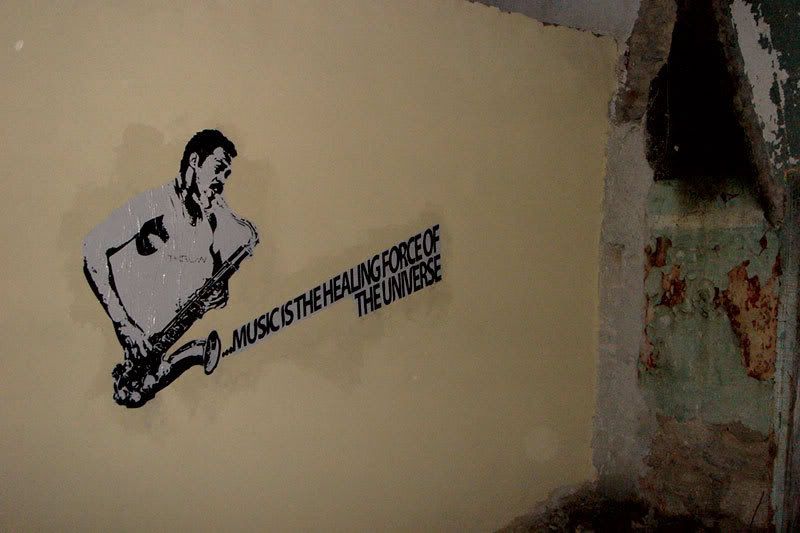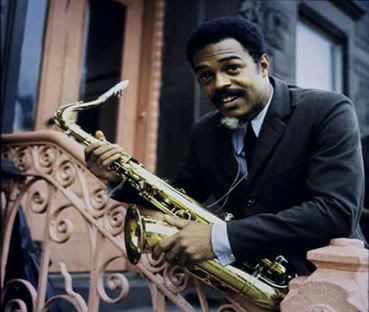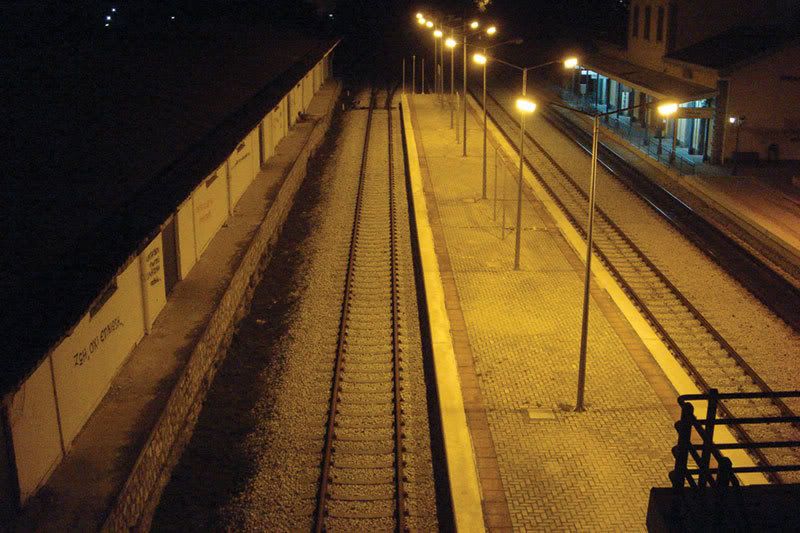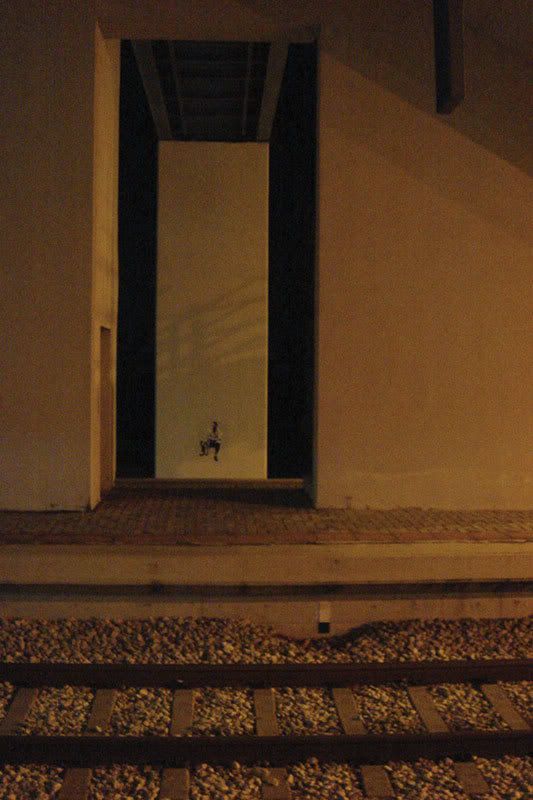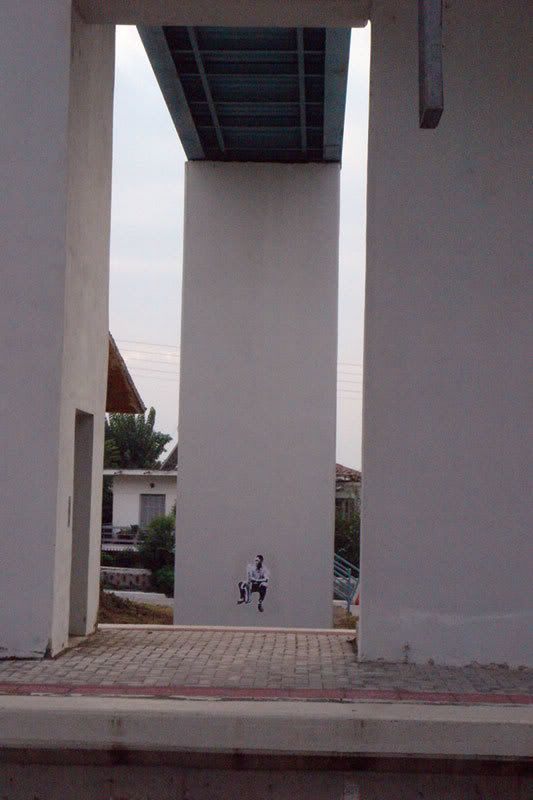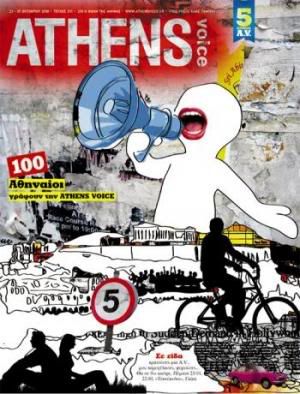
"277+1 λόγοι για να αγαπάς την πόλη σου"
...223. Kαλύτερο στένσιλ σε τοίχο στου Ψυρρή
Σαρρή 19. H φιγούρα του Tζον Kολτρέιν σε ημι-καθιστή στάση, να φυσάει το σαξόφωνό του. Για την ακρίβεια, το πρόσωπό του Kολτρέιν σχεδιασμένο σε ένα κορμί μικρού, λες, αγοριού, ίσως ακριβώς επειδή ο καλλιτέχνης ήθελε να τονίσει την αγνή ψυχή του μεγάλου σαξοφωνίστα. Φιγουράρει ακριβώς δίπλα στην είσοδο του ραδιοφωνικού σταθμού «Στο Kόκκινο 105,5». Σε προδιαθέτει να ξεκινήσεις τη μέρα σου (ή και την εκπομπή σου) με τις αθάνατες νότες του “A Love Supreme”. - Θ.M

